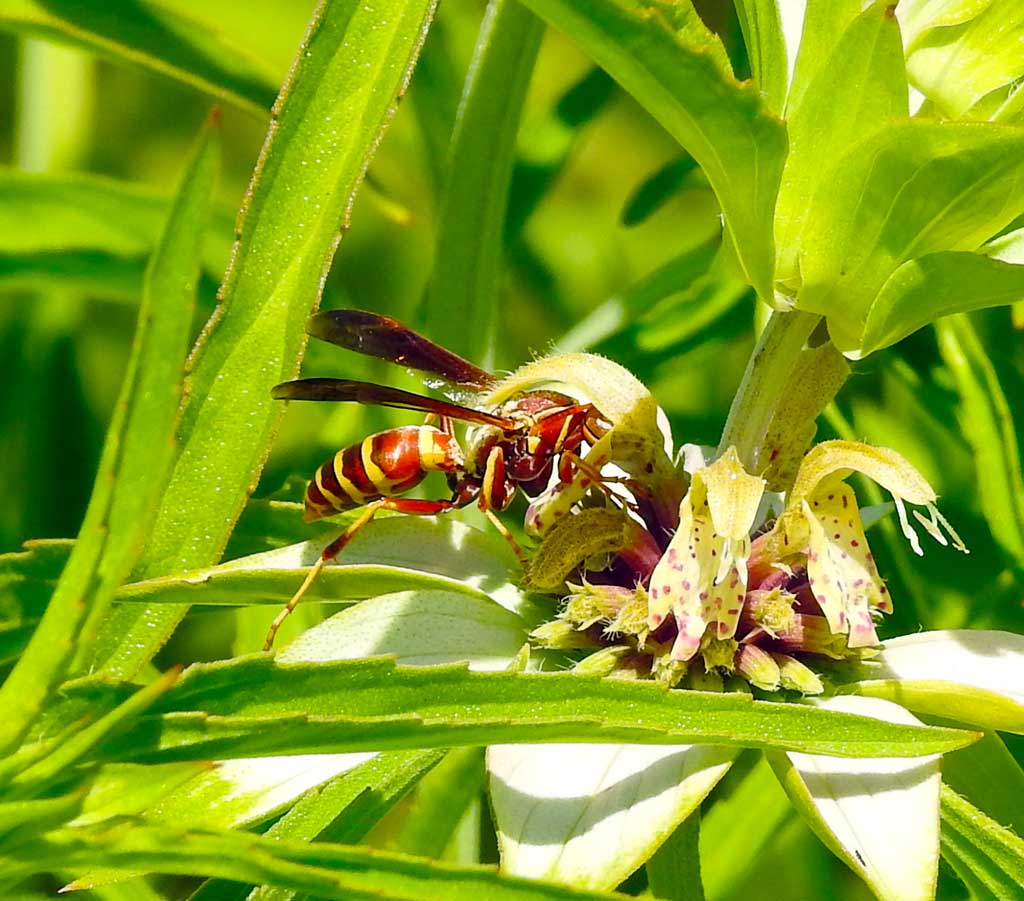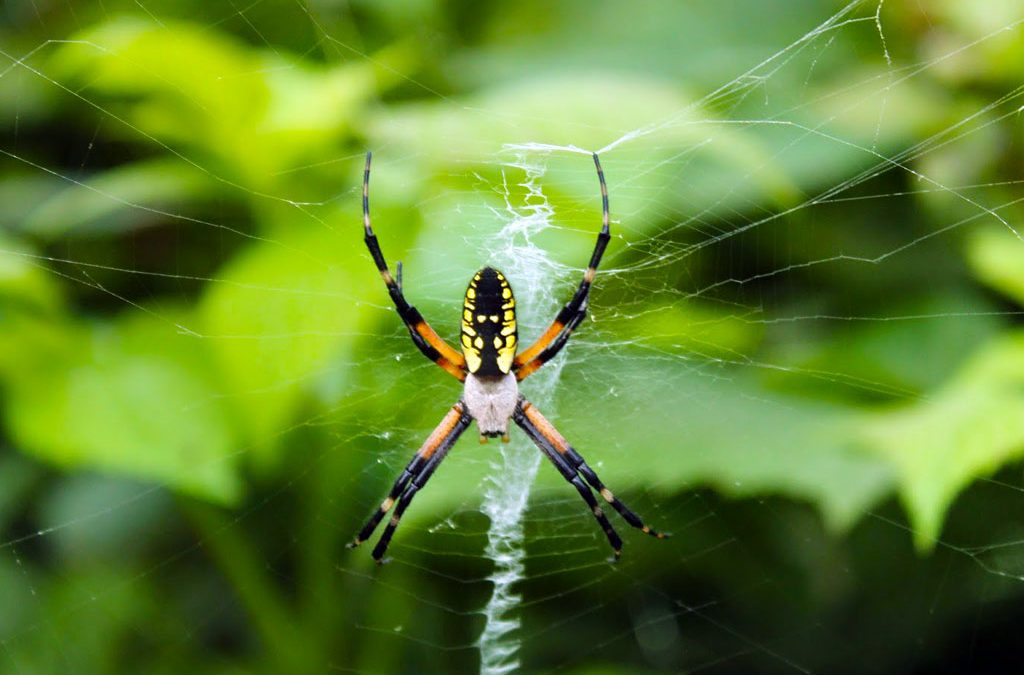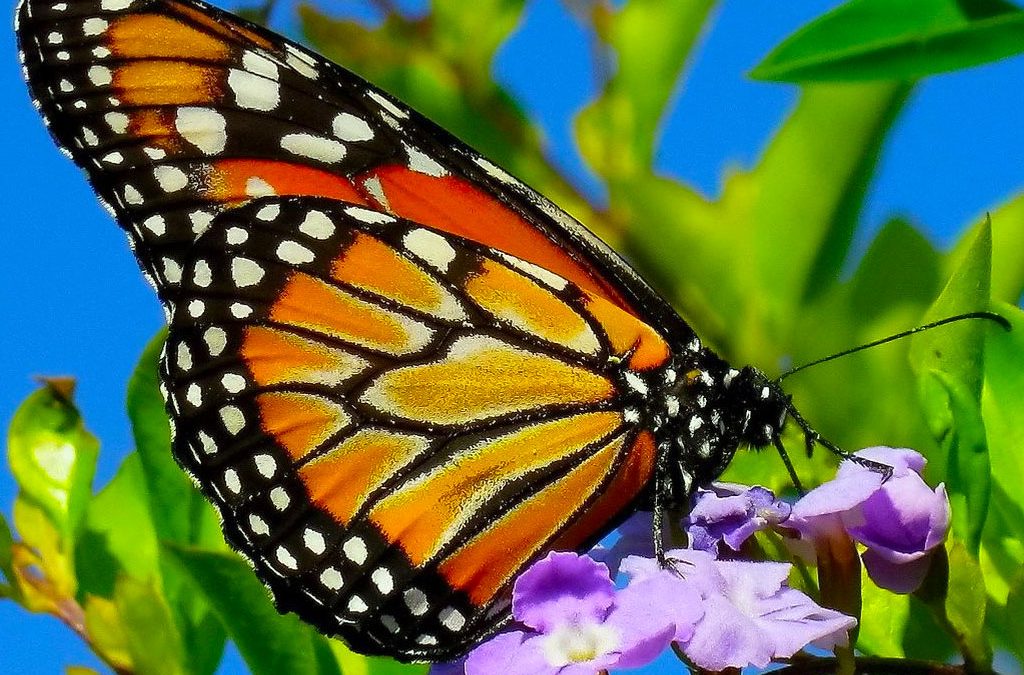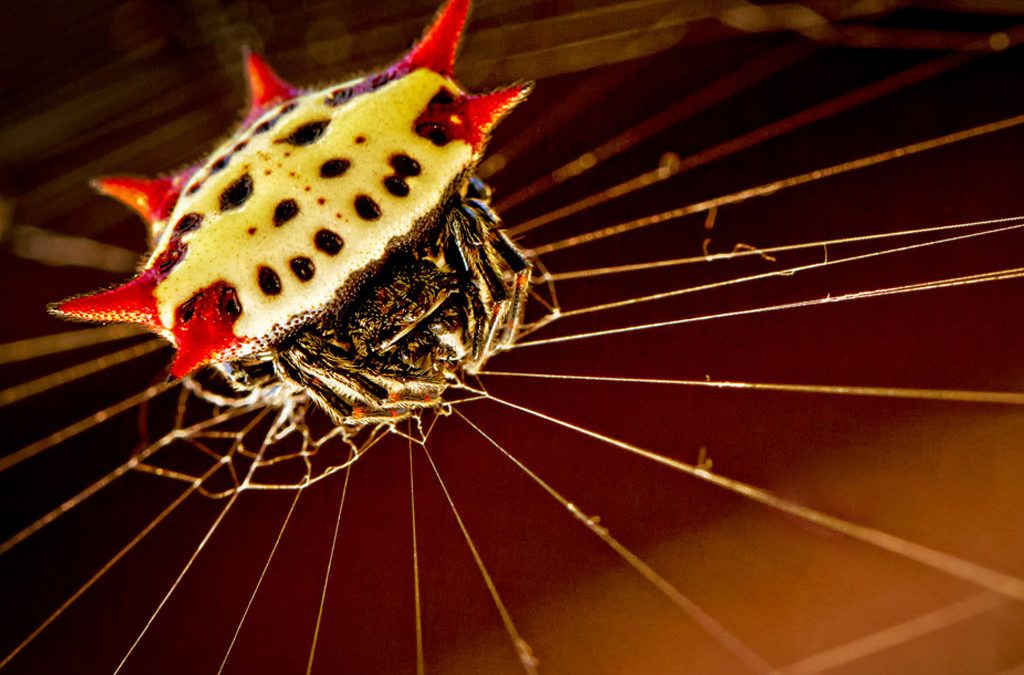There are millions of species of insects, all trying to survive in the world. When insects cause harm to humans or the things we care about (plants, animals, buildings, etc.), they are considered pests. Only 1% to 3% of all insect species in the world have ever been considered pests.
There are a number of insect species that eat or otherwise damage our crops, and there are a handful of ways that we know of to control them. Our options include ignoring them (not ideal), picking them off with our hands (tedious and time consuming), using soaps or other pesticides (labor-intensive and may be harmful), or introducing beneficial insects to do the work for us.
If you are new to gardening or insect identification, it may be frustrating if you don’t know which bugs harm plants, and which ones are helpful. Fortunately, there are a number of resources available, both locally and online, to help with identification. University and county extension services are great resources to learn about a variety of insect pests and treatment in your state or local area. Employees at local garden centers and nurseries are often knowledgeable about the pests that are present in your area, and can offer some helpful recommendations about control. Lastly, by observing and scouting plants in your garden you will learn a great deal about the pests that are attracted to the plants that you are growing. Keeping a log of how many pests you see, on which plants, and any treatment done, will be helpful when you see them again next season.
While there are many types of insect pests that a gardener may encounter, some of the most common ones are aphids, thrips, spider mites, and caterpillars.
Beneficial insects are insects that help us in the garden.
These insect-superheroes can have three different jobs: Predators, Parasites, and Pollinators.
Predators, as the name suggests, eat insect pests that harm our plants. They are biologically programmed to eat the insects that feed on our crops, so they are naturally much better at controlling insect populations than we are. One of the most well known beneficial insect predators are ladybugs. Did you know that a single ladybug eats up to 60 aphids in a single day?
Parasites are insects that take over another insect’s body for their own gain. As if out of a horror movie, parasitic wasps lay their eggs inside the bodies of insect pests. The host stays alive while the eggs mature into larvae. When the eggs hatch, the wasp larvae feed on the host, emerging from the insect whose body was taken over, typically a caterpillar. Even though this may seem abnormal, this is fairly common in the insect world.
Pollinators are a very important part of food production. Pollination is the process when pollen from a male flower is moved to a female flower so that flowers, seeds and fruit can be produced. It is crucial that every flowering crop we eat be pollinated in order to produce foods such as tomatoes, peppers, cucumbers, wheat, grains, chocolate, coffee- the list goes on and on!
The most well known pollinating insects are bees, butterflies, and moths. Many other animals are pollinators as well, including bats and hummingbirds. Pollinators generally flutter from flower to flower, eating the nectar from each flower. They inadvertently pick up some dusty pollen on their bodies, and move it to another flower, causing pollination to occur. Did you know that humans can be pollinators too? Some growers hand-pollinate crops with small tools, such as paintbrushes.
Attract Beneficial Insects and entice them to Stay
Now that you’ve decided that you’d like some beneficial insects in your garden, where do you start? Well, you can purchase ladybugs, lacewings, or other beneficials, depending on what kind of pests you have. If you don’t create a hospitable environment for them, however, they won’t stick around long after they’ve eaten all the pests. There are a few simple things you can do to keep, and even attract, these helpful insects to your garden.
Food
Flowering trees and shrubs provide food for many animals, including beneficial insects. Try planting a variety of different types and heights of flowering plants for the best results. Flowers should be in bloom all season long so that they will stay when one plant stops flowering. There are so many flowering plants to choose from!
Herbs such as mint, dill, and basil provide food for you, and flowers to keep those pollinators happy.
Annuals create a beautiful long-lasting display of flowers, often for the entire growing season. Some good examples would be sunflowers, zinnias, and cosmos.
Perennials come back each year, providing flowers season after season. Shrubs and small trees, such as dogwood and fruit trees, will keep pollinators coming back.
Water
It may seem obvious, but insects need water too! If there isn’t a water source for these critters- especially during long, dry summers, they’ll move on until they find some. A few shallow dishes with rocks (so butterflies can safely climb in and out) work perfectly as water sources.
Habitat
Just like all other animals, insects need habitats for nesting and resting. Nest building materials for bees can include dead branches or bundles of bamboo. Small piles of leaves and twigs provide the perfect insulation for winter habitats.
Minimize Pesticide Use
Unfortunately pesticides are not selective, and can kill the insects that we want to keep around to help control pests. Try not to use any pesticides at all in your garden for best results- this will ensure that beneficial insects will keep coming back. If they are absolutely necessary, never spray the flowers, and only apply pesticides in the evening hours.
Insects are fascinating critters and this is just a snapshot of the wealth of information out there on them. To learn more about the insects in your area, start observing your plants at different times of day- looking at leaves for bite marks, and looking under leaves for eggs or insects themselves. It’s amazing what you can learn when you stop, slow down, and observe nature.

Paper Wasps

Best Light for Plant Growth

Golden Garden Spider

Butterfly

Spiny Orb Weaver
Source link
